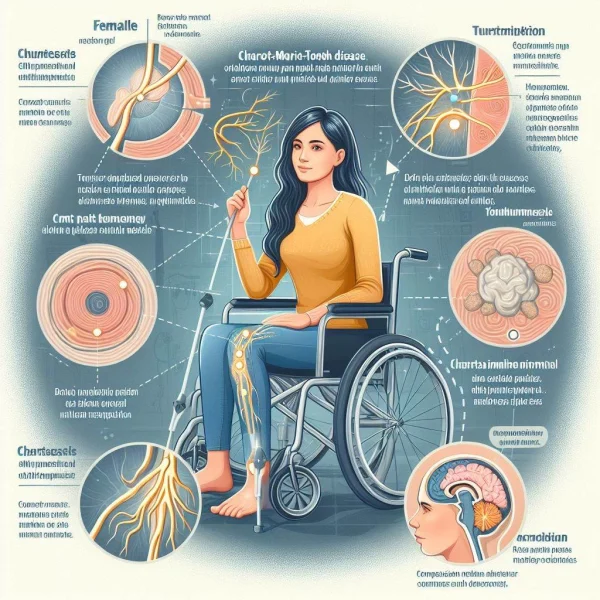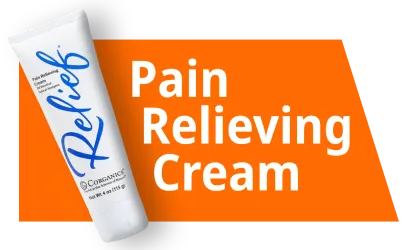Charcot Marie Tooth Disease is a devastating, inherited disease, but life with CMT doesn’t have to be grim.

Charcot Marie Tooth Syndrome is a series of neuropathic disorders that affect the nerves of the brain and spine. It is one of the most common inherited nerve disorders, with approximately 2.5 million cases worldwide. More than 40 gene defects have been pinpointed to potentially cause one of the various forms of CMT. Type one mainly affects the myelin sheath that covers the nerve fibers causing a wide range of symptoms in multiple forms of the disorder. Type two affects the Axons, or the actual nerve fibers. While symptoms can be severe, the life expectancy of a CMT patient is normal.
With CMT, the nerves in the body eventually decline in their ability to stimulate the muscles, causing an array of physical problems. The most common symptoms are related to the legs and feet, beginning with tingling and numbness, and eventually leading to a loss of function of the legs and feet. Typically, CMT sufferers lose strength in their hips, legs, and feet. As a result, their feet and legs shrivel up and atrophy (declining muscle mass) which can lead to deformities in the feet, some of which may be irreparable. Many patients lose the ability to walk, even with corrective equipment.
There can be common upper body problems as well, which negatively affect the strength and motor skills of the hands. Many CMT sufferers have a hard time lifting or grasping objects, due to weakness in the limbs. CMT can also cause pain in the sciatic nerve and respiratory problems.
While there is no cure for CMT, there are many treatments available to ease day to day life. The use of splints, shoe inserts, and surgery can help slow the rate of foot deformities. Walkers, canes, and scooters can aide with mobility. Occupational therapy can help to reteach a patient how to walk. Even if the patient is mobile, they will likely need to learn to adjust their gait to accommodate their condition. Exercise can also help to increase mobility in the joints and to strengthen muscles.
While scientists are working to create a medication that will slow the rate of degeneration of the muscles and the myelin sheath, they have been unsuccessful thus far, and a cure is not anticipated in the near future. While this may be disheartening to many families, there are many new forms of treatments and technologies available to increase mobility and to correct bone and muscle deformities.
This information should not be used to diagnose or treat any medical disorder. If you think you may have CMT, or are looking for treatment, please talk to a doctor.
For more information about CMT, visit cmtausa.org
Written By: Jenna McClure
Source: Disabled World
Photo credit: Croko at Stockfreeimages.com




